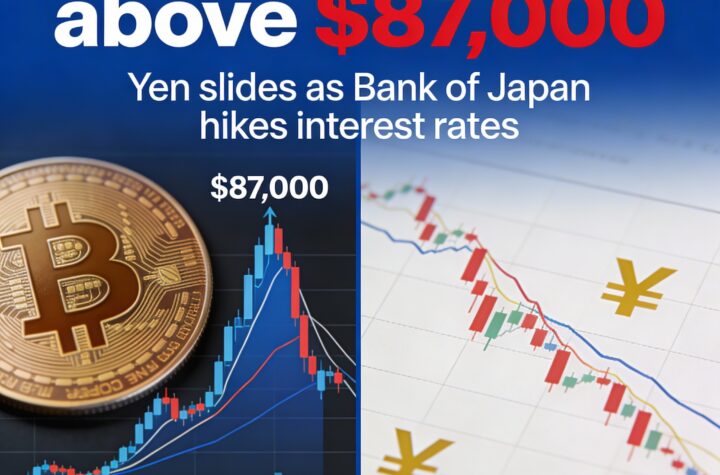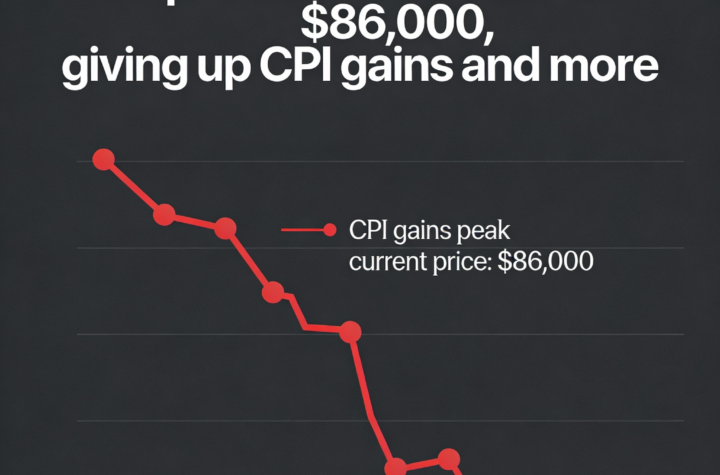
U.S. Financial Conditions at Their Easiest Since 2021, Fostering Strong Growth for Crypto
The U.S. financial landscape is currently experiencing its loosest conditions since August 2021, creating a favorable backdrop for cryptocurrencies. According to the Chicago Federal Reserve’s National Financial Conditions Index (NFCI), which tracks variables such as debt levels, credit, and financial market health, the index dropped to -0.64 for the week ending November 22. This is the most relaxed financial environment seen in three years, following the economic recovery after the COVID-19 pandemic.
What the NFCI Signals
The NFCI provides a clear picture of how easily capital flows through the financial system. Negative readings, like the one currently recorded, suggest liquidity is abundant and that financial conditions are looser than average. This is in stark contrast to positive readings, which indicate tighter market conditions, such as those observed during the 2008 global financial crisis. The current negative reading suggests that capital is easily accessible for investors, including those in riskier assets like Bitcoin.
Since 1971, the U.S. has rarely experienced financial conditions this accommodative, which has coincided with a persistent inflation rate of 2.6%, above the Federal Reserve’s 2% target. Despite the Fed’s interest rate hikes aimed at controlling inflation, investor demand for risk assets remains high, signaling that loose financial conditions continue to support speculative markets.
Crypto and Stock Market Gains Continue
This environment has fueled substantial growth across financial markets. The S&P 500 has surged 28% this year, reaching 55 new all-time highs. Bitcoin has posted an even stronger performance, rising 118% over the same period, while the total crypto market capitalization has more than doubled, nearing $3.5 trillion, according to TradingView data.
Bitcoin’s Divergence from Traditional Dollar Behavior
Typically, risk assets like Bitcoin move inversely to the U.S. Dollar Index (DXY), which measures the dollar’s strength against a basket of other major currencies. When the DXY strengthens, risk assets often decline. However, Bitcoin’s recent rally is breaking this inverse relationship. The DXY has remained above 106 since the 2016 U.S. election, but Bitcoin’s price has continued to climb, reflecting a 30-day correlation of 0.66 between the two assets—one of the strongest in the past seven years.
Bitcoin’s Resilience Amid Record U.S. Debt
With U.S. national debt hitting a record $36.17 trillion, Bitcoin appears to be thriving despite the challenges posed by a strong dollar. The cryptocurrency seems to be soaking up liquidity from the loose financial conditions, further solidifying its appeal as an alternative store of value.
As financial conditions remain accommodative and inflation persists, Bitcoin and the broader crypto market look poised for continued growth, presenting a compelling investment opportunity as traditional financial dynamics evolve.






More Stories
Bitcoin rises above $87,000 while the yen weakens after Japan raises interest rates.
XRP falls alongside Bitcoin, which drops back to $85,000 after a surge.
With Bitcoin’s realized cap staying at a record $1 trillion, the four-year market cycle comes under scrutiny.